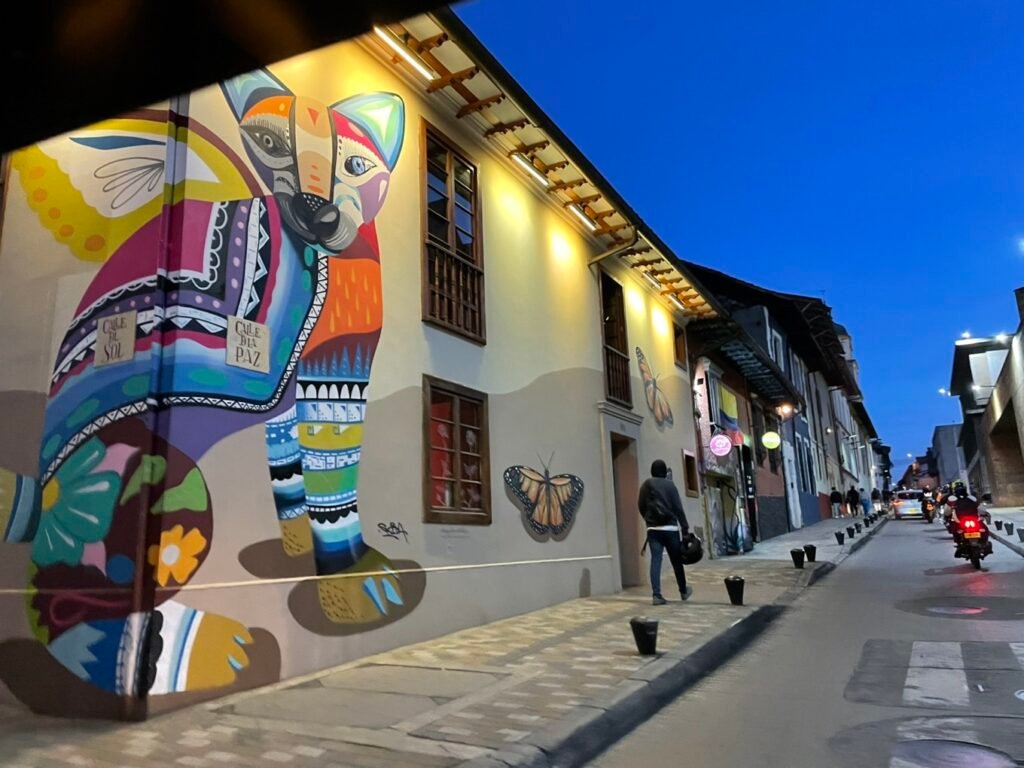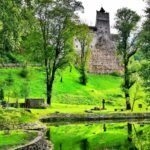Bogotá, the capital of Colombia, is a cool, high-altitude city where I spent a relaxing, slow-paced week. I stayed near Parque 93, a modern and well-developed area of the city.
Getting from Bogotá Airport to the hotel took about 40 minutes by taxi. Though the distance isn’t far—just 19 kilometers—traffic in Bogotá can be heavy, and if you’re unlucky, the ride can easily stretch to over an hour.
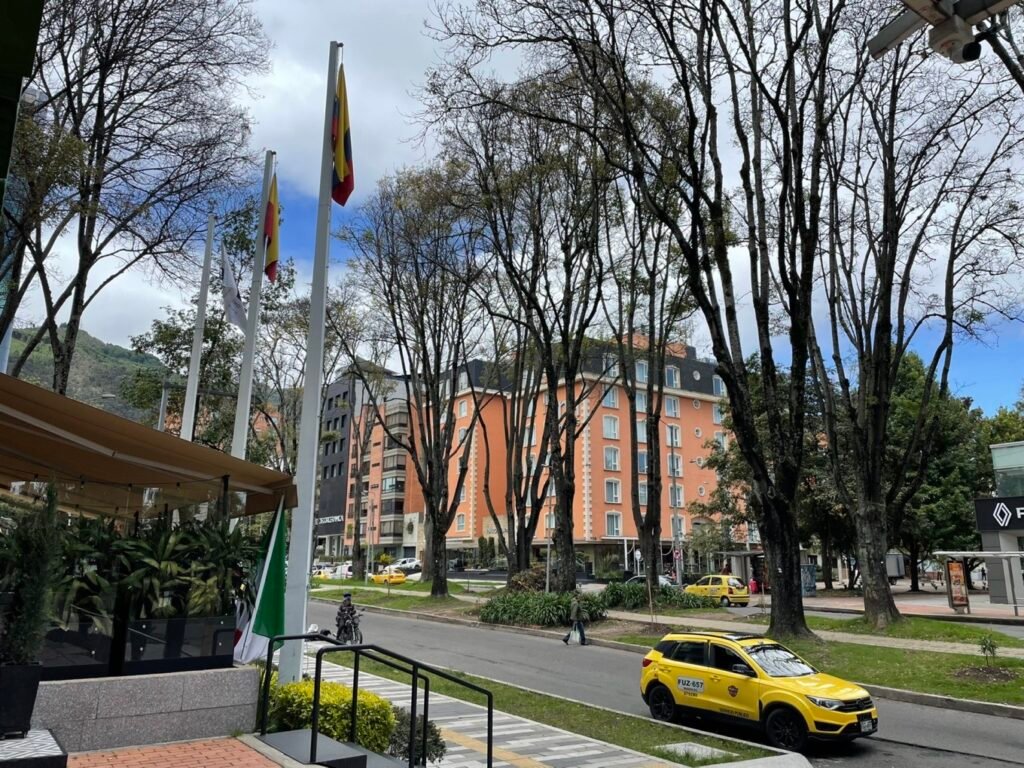
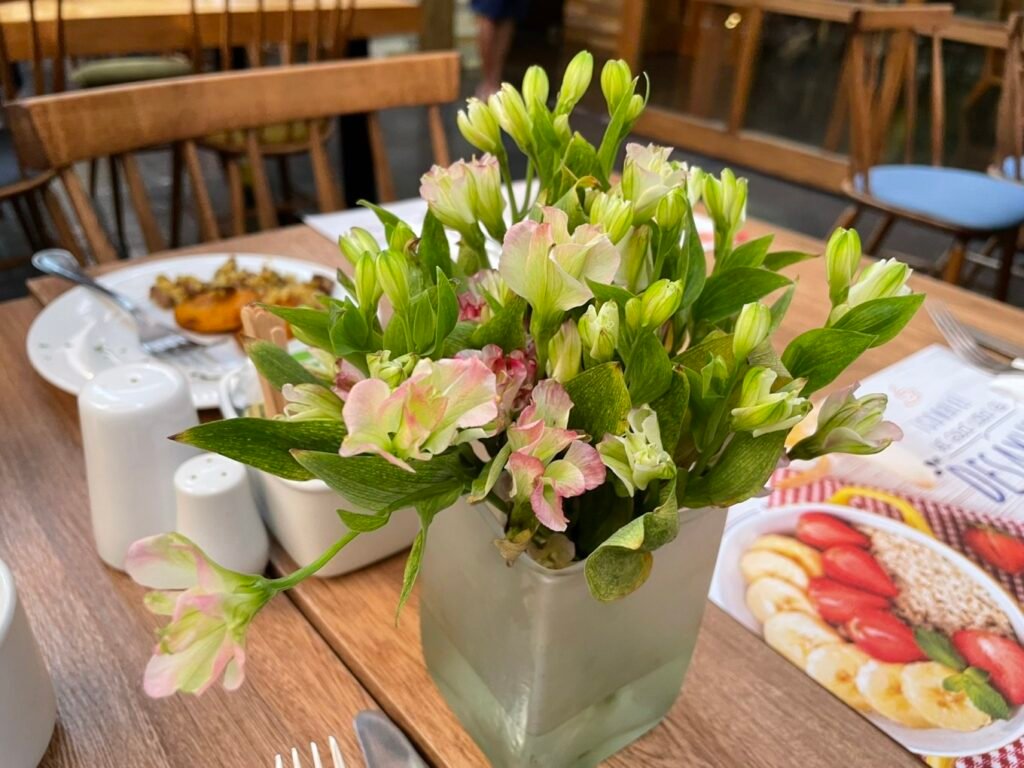
Most hotels here offer Western-style breakfasts, with coffee and tea being the only hot items. However, Colombian hotel breakfasts include a special hot meat soup. The soup typically contains potatoes, beef, a bit of green onion, and fennel. Sometimes, it’s made with potatoes and chicken breast, and there’s also a thicker, stew-like version.
I personally enjoyed the clear broth version, with fennel adding an extra layer of flavor. But the best part was how comforting it felt to start the morning with a hot bowl of soup—truly the perfect way to begin the day.

Upon arriving in Bogotá, I took a taxi straight to Bolívar Square, where many of the city’s key attractions and restaurants are conveniently clustered. My first stop was the Museo Botero, a free museum showcasing the works of Colombia’s most famous artist, Fernando Botero.
Botero must have had a playful spirit—his paintings and sculptures depict people and objects in exaggerated, rounded forms, making everything look plump and whimsical. It felt like he was poking fun at traditional art’s seriousness. Art, after all, isn’t meant to be intimidating; it’s about expressing human emotions and satisfying the spirit. Just as human emotions and experiences are diverse, so is art.
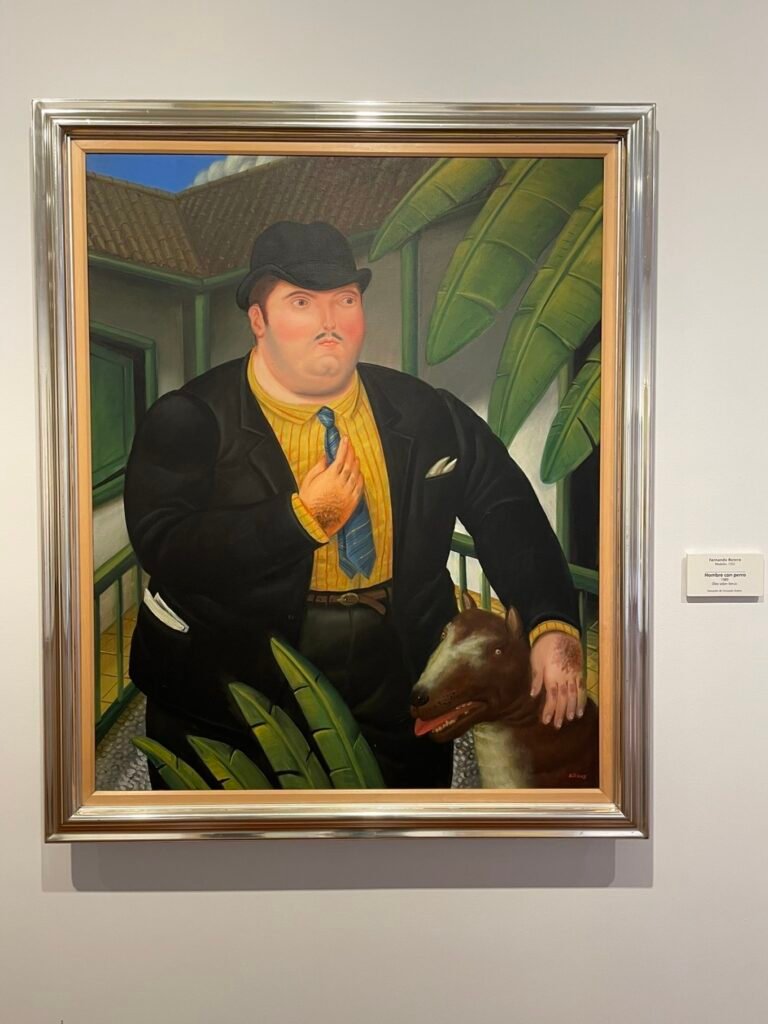
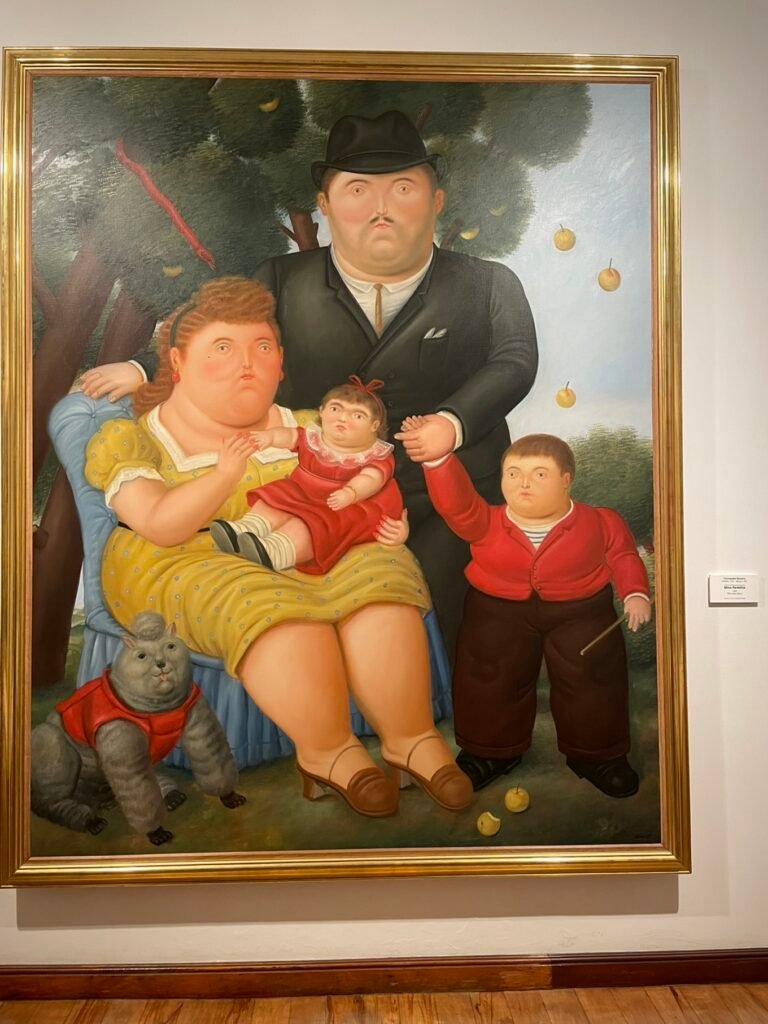
Besides the chubby Mona Lisa, my favorite piece was this one. At first, I thought the person reflected in the mirror was simply the upper half of the person lying in the bathtub, and I found the visual split quite unique—it stuck with me immediately.
However, while writing my travel journal, I realized that the figure in the bathtub is actually Fernando Botero’s wife enjoying a bath, while the person in the mirror is Botero himself, caught entering the room. It’s such a charming and authentic glimpse into the everyday life of a couple—playful, intimate, and real.
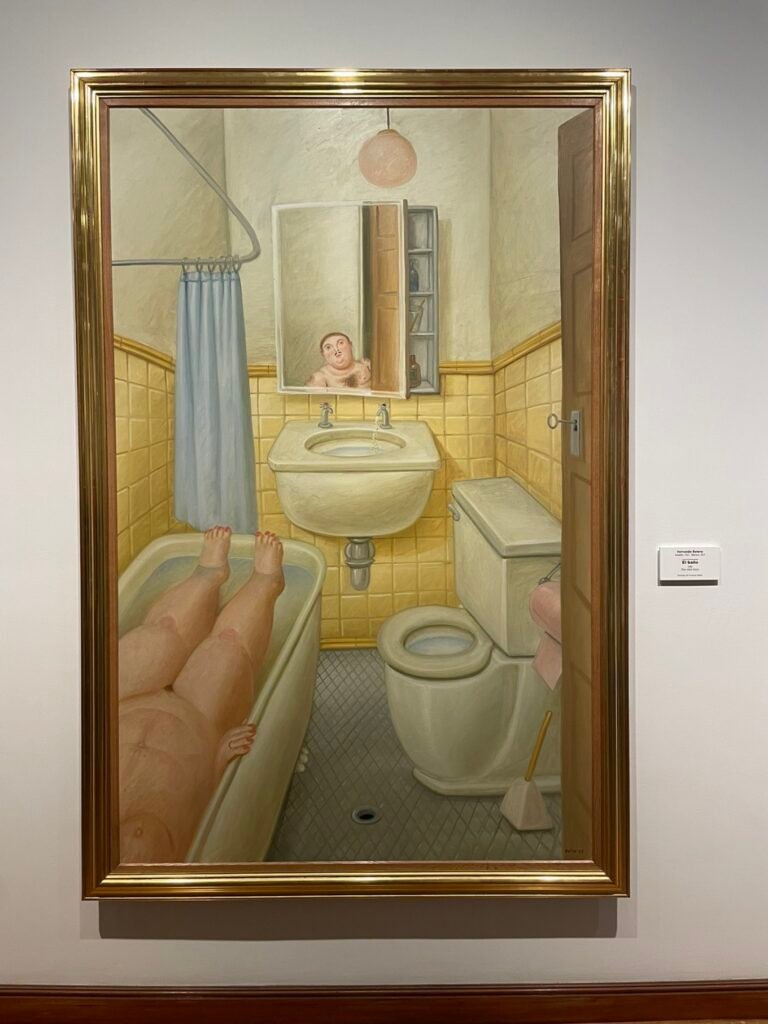
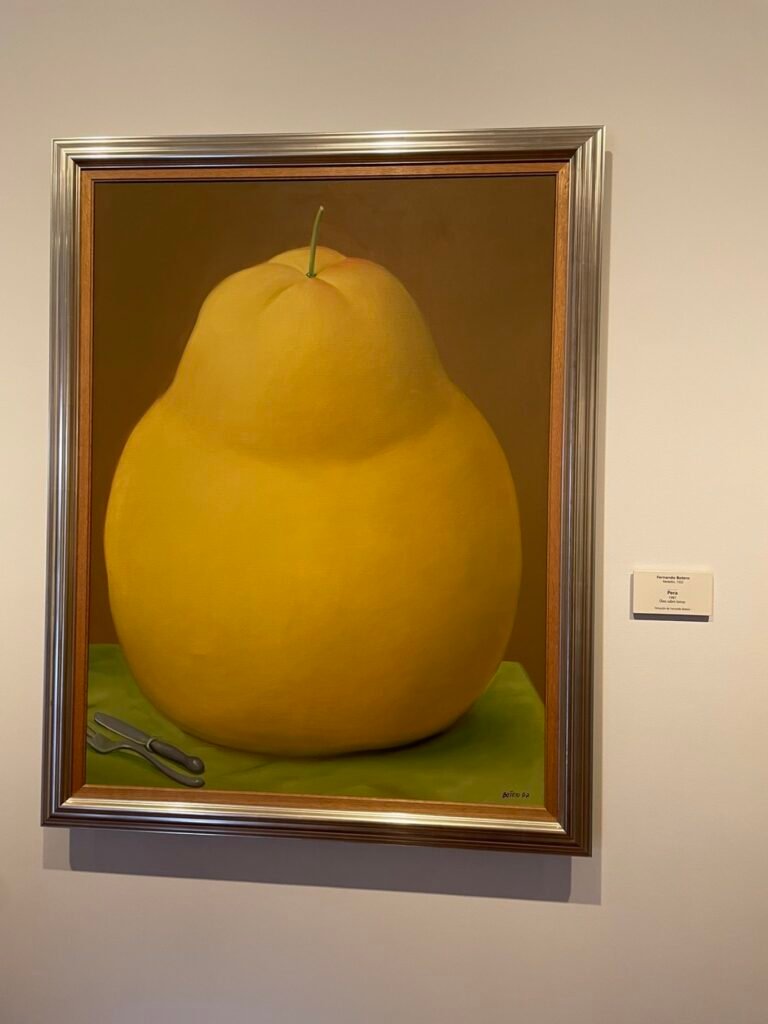
The museum spans two floors and also showcases works by other artists. The diversity of the collection reflects the many forms of artistic expression, ensuring that there is always something unique that resonates with every visitor. There’s bound to be a piece here that surprises, moves, or captivates you in an unexpected way.
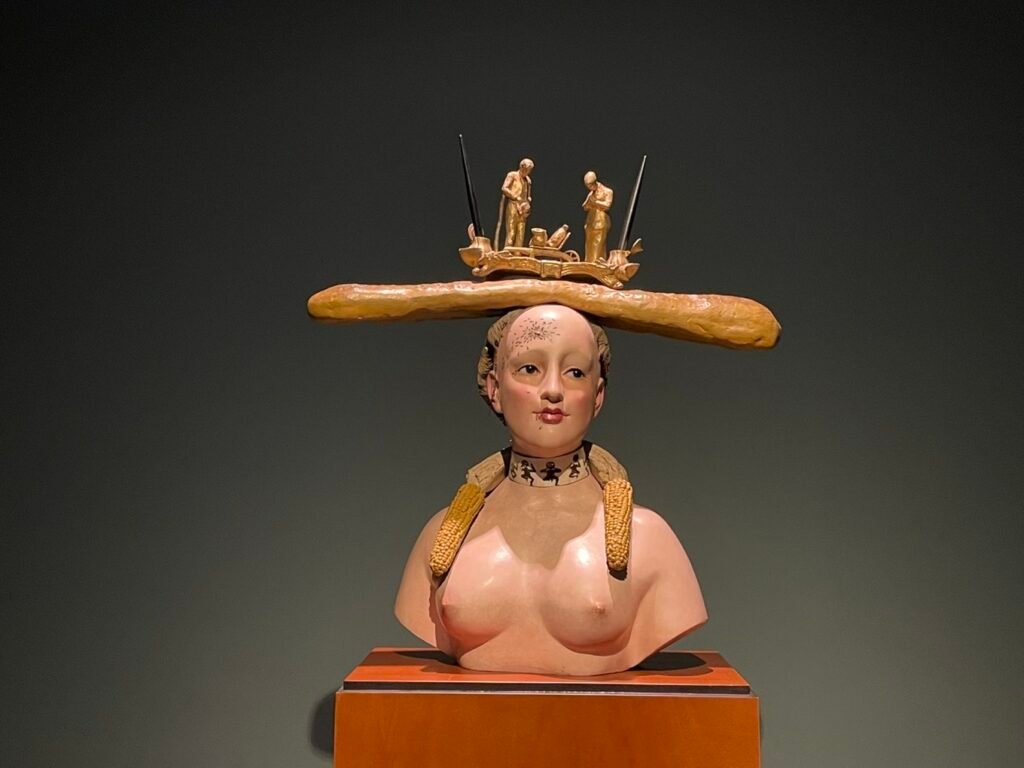

After leaving the museum, I stopped by a Juan Valdez café located on a street corner on the way to Bolívar Square. This is Colombia’s beloved national coffee brand, far surpassing Starbucks in popularity here.
I was pleasantly surprised on my first try. The coffee was rich and aromatic, perfectly balanced—not too bitter, not too acidic. In the cool highland climate, a warm cup of coffee felt just right. Paired with the café’s fresh bread and ice cream, I realized I had no desire to go back to Starbucks.
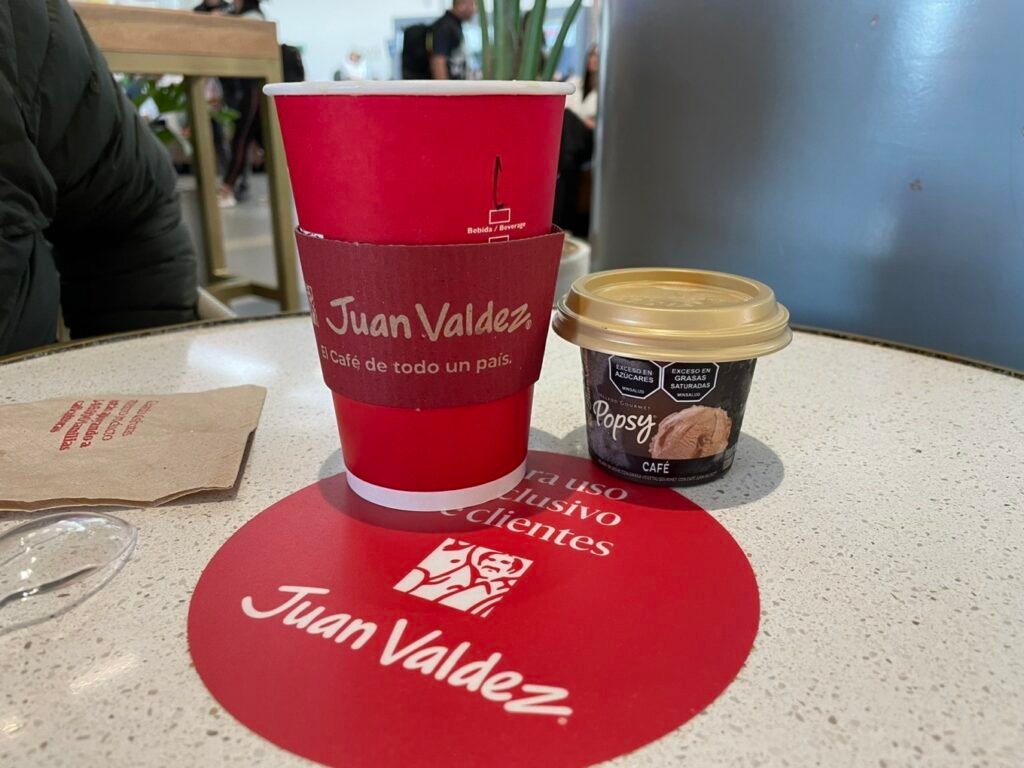
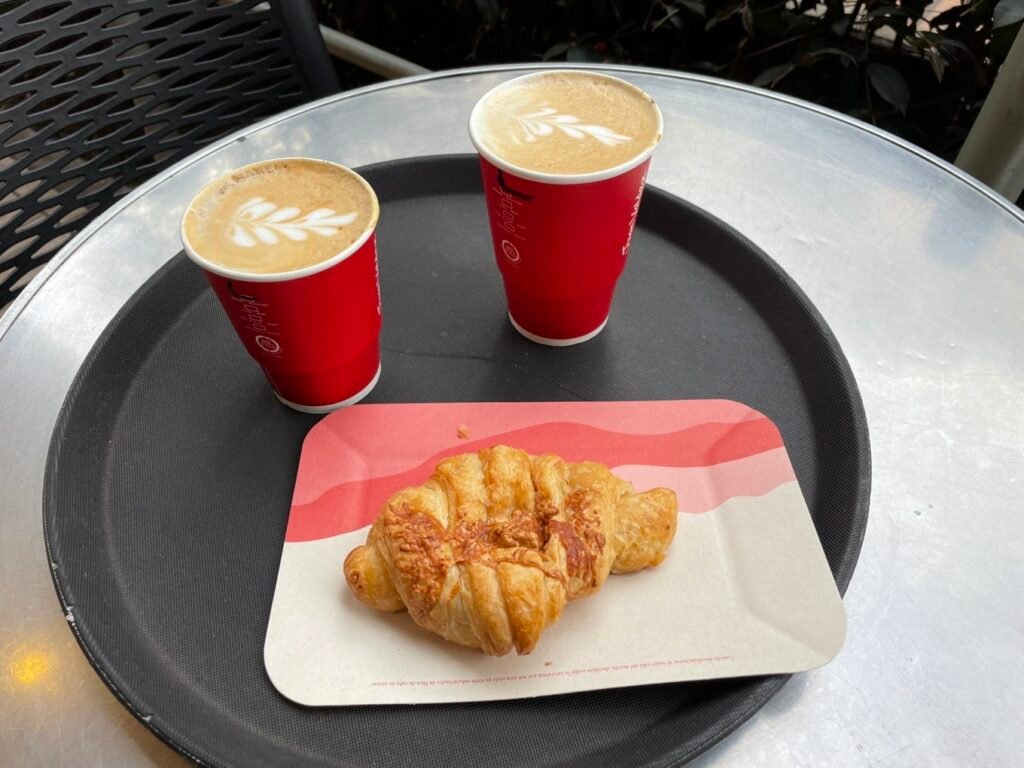
In just one week in Bogotá, my love for Juan Valdez grew to the point where I couldn’t pass by a store without stopping in. The delicious flavor was one reason, but the affordability was another. Before leaving, I stocked up on their instant coffee—original, hazelnut, and chocolate flavors—filling half of my suitcase.
Each 95g jar cost less than $7, and the coffee dissolves easily in both hot and cold water, releasing a fragrant aroma that fills the room. It even manages to produce a bit of that rich coffee oil. If I get the chance to visit again, I’ll definitely be coming back for more!
The first shop along the path to the square was a vibrant handicraft store. I’ve explored many similar shops before—in France, Spain, and Portugal, I was amazed by their craftsmanship, and this summer in the U.S. and Mexico, my appreciation for artisanal work deepened. But what I saw in Bogotá, Colombia, truly touched my soul.
The way this culture blends color and totems is simply masterful—it’s like witnessing a visual symphony. Every piece felt alive with meaning, as if holding centuries of tradition within. It’s a true treasure of human civilization, and I sincerely hope these skills and artistry are preserved and passed on to future generations.
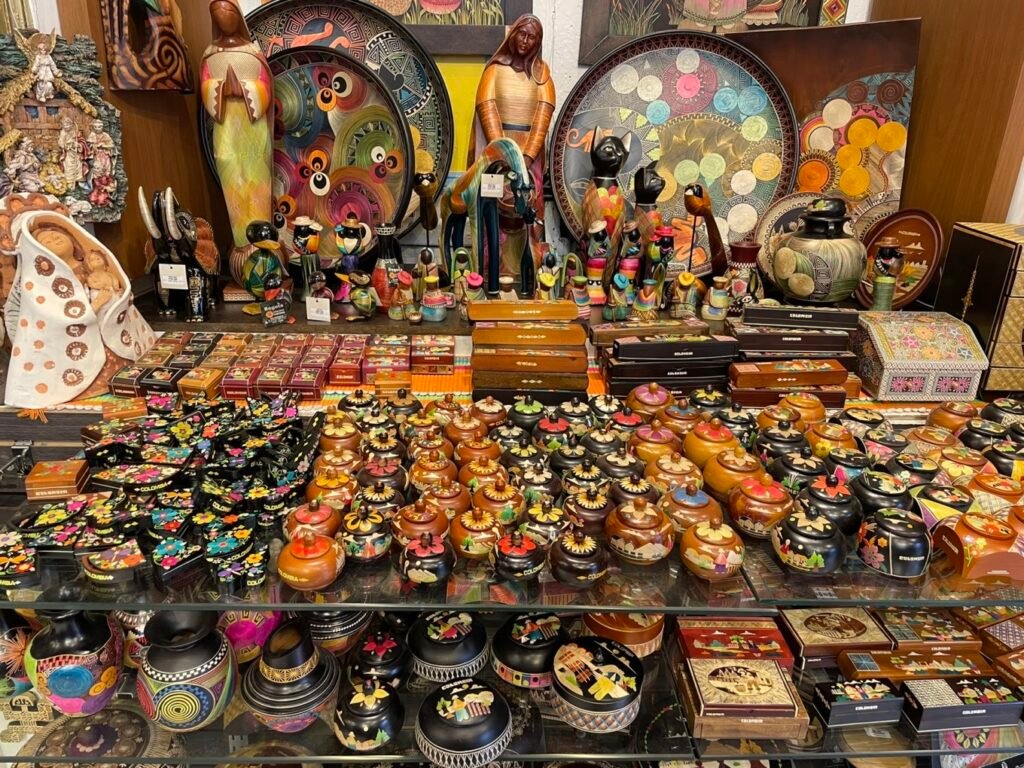

Some say that Bogotá originated from Plaza de Bolívar, and whether that’s true or not, there’s no doubt that this square is the political, religious, and cultural heart of the city. The square, perfectly square-shaped, is surrounded by key institutions: the court to the north, the Congress to the south, the City Hall to the west, and the religious district to the east.
In the religious district, the buildings facing the square include Catedral Primada de Colombia, the most important cathedral in Colombia, alongside the Casa del Cabildo Eclesiástico, which once served as the customs house during the colonial period. Another church and the Archbishop’s Palace complete the lineup.
At the very center of the square, thousands of pigeons gather. For a few coins, you can buy corn to feed them, and with some luck, you might capture some unexpectedly beautiful photos of the scene.
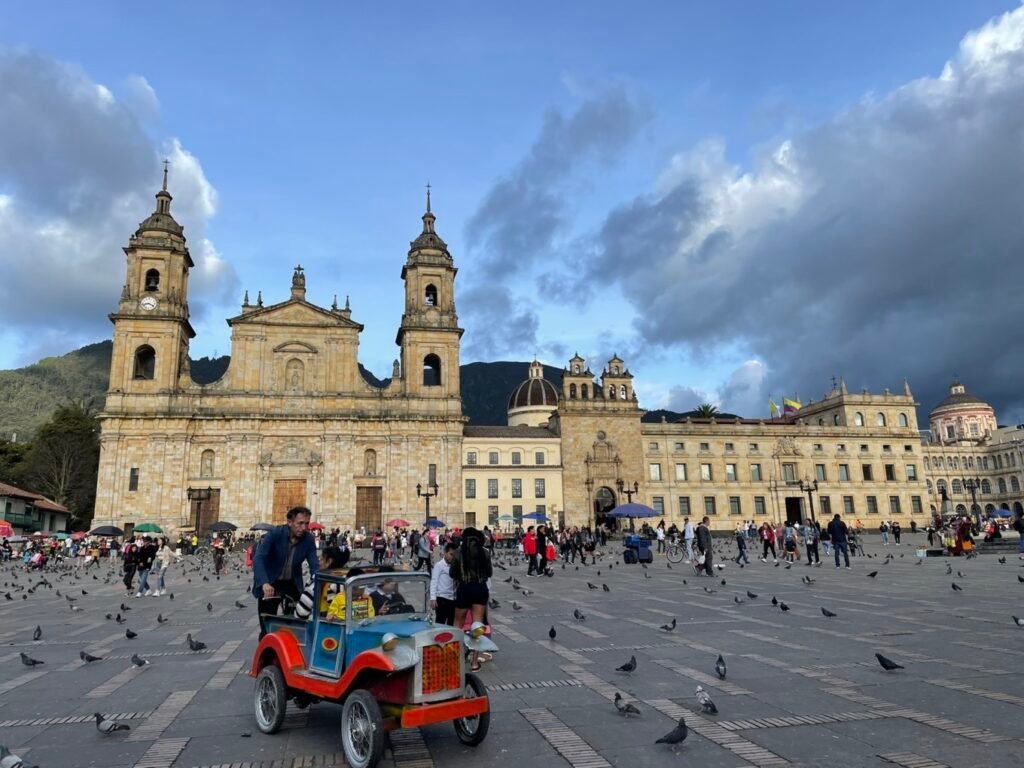

Bogotá during the day and Bogotá at night feel like two different cities. If there’s one piece of advice I’d give to visitors, it’s this: make sure to catch a cab back to your hotel before nightfall. We found ourselves still walking along the pedestrian street just as it got dark, heading towards a main road. Luckily, we managed to hail a taxi quickly.
Before that, though, we had to pass through two dimly lit streets, and the chill down my spine was real. I must have looked too tense because a man in a hoodie, perhaps sensing my nervousness, deliberately stepped toward me to startle me, then walked off.
When we pulled out our phones to order a ride, someone began tailing us, and we nearly had a phone snatched. So when a taxi finally appeared around the corner, it genuinely felt like a moment of salvation.
I really do like Colombia, and I hope to visit again someday, but I’ll be sure not to linger out on the streets after dark.
